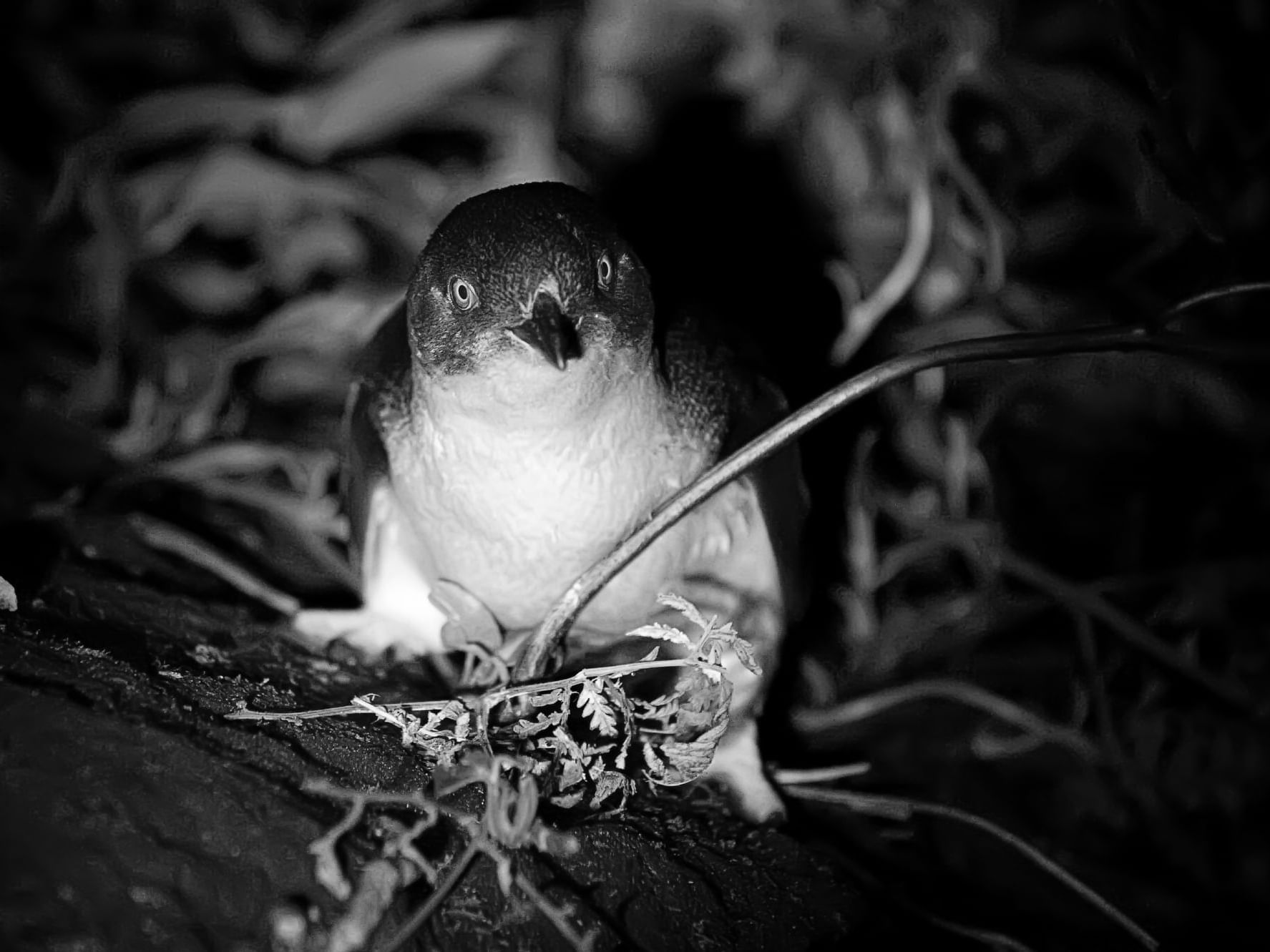Little Blue Penguins: Rules To Help You Enjoy The Experience
When visitors think of Tasmania, penguins may not be the first images that come to mind. However, Tasmania is home to more than 110 000 breeding pairs of little penguins, the smallest of the species. These delightful creatures grow to about 30cm in height and 40cm in length. Being so small, they face quite a number of threats to their survival. Most of Tasmania’s little blue penguins are found in safe havens on uninhabited islands. The Bonnet Island Experience provides an eco-friendly way to enjoy little blue penguins in the wild.
Little Penguin Habitat
These penguins are almost exclusively found around the coastlines of southern Australia and New Zealand. In some areas where they traditionally breed, numbers are declining. This can occur due to loss of habitat, human interference and predators such as dogs, cats and foxes.
When observing the beauty of these quaint, timid birds, it is heart-breaking to think that humans made deliberate efforts to cull them in the past. In the first half of last century, little blue penguins became unwitting victims of Tasmania’s commercial mutton bird industry. It was believed that the penguins were competing with them and attempts were made to reduce their numbers. In the 20th century, Tasmanian fishermen also liked to use penguins as bait in their crayfish pots.
In order for little penguin colonies to thrive, it is important that their feeding and breeding grounds remain undisturbed. The Bonnet Island Experience uses well-trained guides who place the welfare of the little penguins first and foremost.
Rules for Penguin Watching
Rule 1: Only special red-filtered torches are to be used. Adult penguins forage throughout the day and return at dusk to feed their young. Artificial lights could create confusion. Penguins also have extremely sensitive eyes so white light torches and flash cameras can cause damage.
Rule 2: You should be still and quiet. Penguins have excellent hearing and will be disturbed by excessive movement. Walk slowly and stand like a statue if they come close.
Rule 3: Never interfere with a nest. Little penguins lay their eggs on the shore in abandoned burrows, caves, crevices or man-made nesting boxes. A normal clutch usually only contains two eggs.
Rule 4: Remember that you are a visitor in their territory. Whilst penguins may behave in ways that are interesting and entertaining, they are not doing it specifically for your enjoyment. Observe and listen patiently in order to have the best experience.
Rule 5: Do not encourage penguins to be complacent around people. Little penguins are shy but curious and will often come close to humans if they feel safe. This is an absolute thrill for the observer but you should not do anything to entice them to come closer.
Rule 6: Always follow the instructions of your guides!
Bonnet Island Experience
With an ethos of protecting the little blue penguins, visitor numbers are limited on the Bonnet Island experience. This low-key adventure allows you to see these lovely birds in their natural habitat without throngs of others destroying the mood. Simply follow the advice of your guides and you will have a superb experience in the quiet and solitude of Bonnet island.
